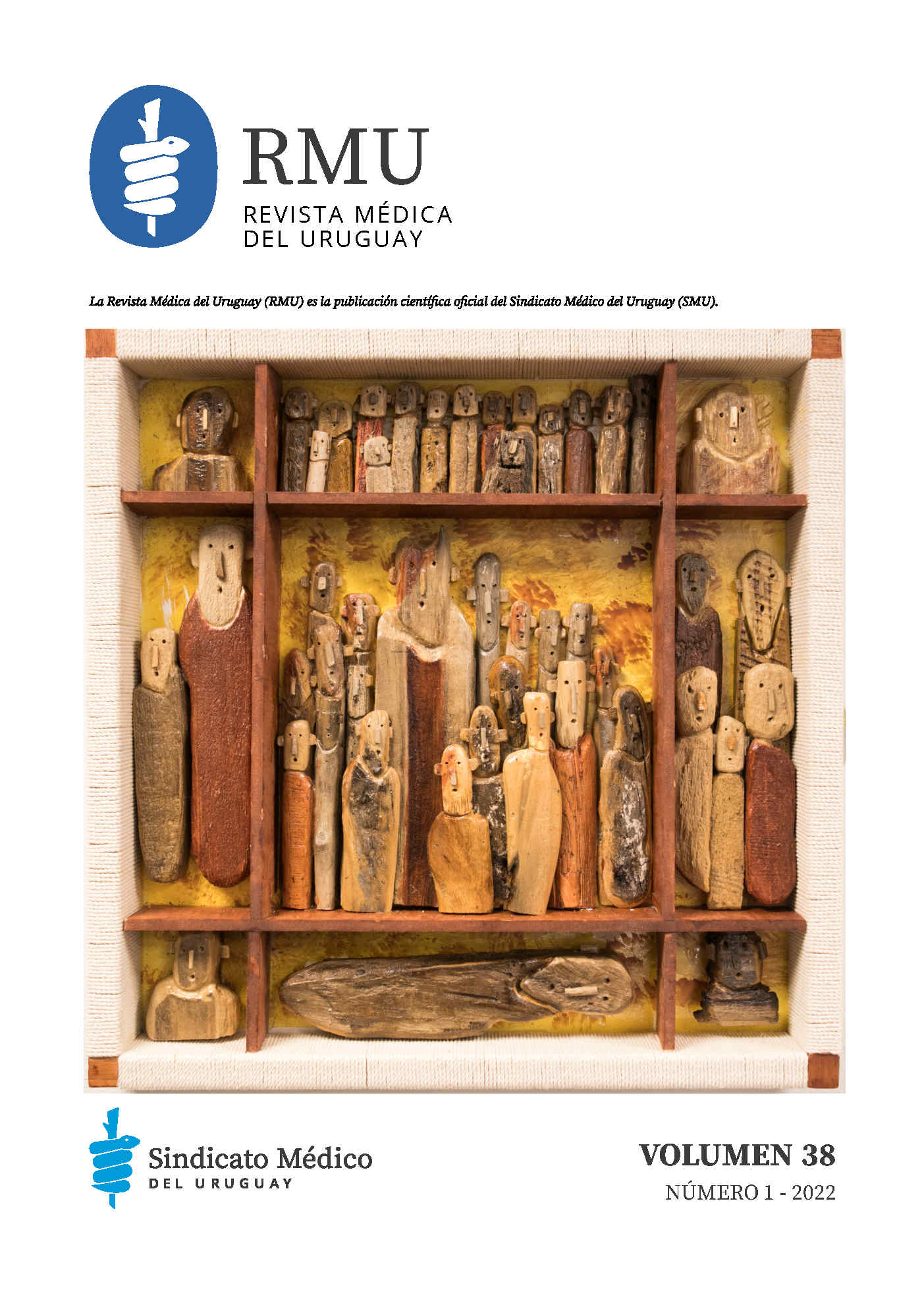Gender and health. Analysis of the incorporation of the gender perspective into the National Integrated Health System in Uruguay (2005-2020)
Review of progress and pending challenges
Abstract
Gender entails peculiarities which reflect risks and vulnerabilities that affect health in different ways for men, women and sexual non-conformists. Health policies that fail to incorporate the gender perspective perpetuate inequalities that undermine the right to health to which all individuals are entitled. Gender mainstreaming in health public policies is of the essence to achieve gender equality in the provision of comprehensive health care for individuals. The research problem focuses on the pending challenges for gender mainstreaming in the health services available as well as in the health public policies undertaken. The study aims to explore the incorporation of the gender perspective into the National Integrated Health System in Uruguay from 2005 to 2020. The specific objectives are the following:
1) To analyse the extent to which the gender perspective was incorporated in the legal framework that regulates the the National Integrated Health System during the period studied.
2) To highlight the political priorities in connection with the gender agenda during this period of time.
3) To identify progress and obstacles in the National Integrated Health System during this period of time to enable gender mainstreaming in the health context. The methodological design proposed for this research consists in a qualitative approach by means of the triangulation of results obtained in the content analysis techniques applied to the National Integrated Health System regulatory framework and interviews to qualified experts.
References
2) Scott J. El género: una categoría útil para el análisis. Op Cit 2002; (14):9-45. Disponible en: https://revistas.upr.edu/index.php/opcit/article/view/16994. [Consulta: 8 agosto 2021].
3) Arenas-Monreal L, Piña-Pozas M, Gómez-Dantés H. Aportes y desafíos del enfoque de género en el estudio de las enfermedades transmitidas por vector. Salud Pública Méx 2015; 57(1):66-75. Disponible en: http://www.scielo.org.mx/scielo.php?script=sci_arttext&pid=S0036-36342015000100010. [Consulta: 9 agosto 2021].
4) De Barbieri T. Sobre la categoría género: una introducción teórico-metodológica. Debates Sociol 1993; 18:145-69. Disponible en: https://revistas.pucp.edu.pe/index.php/debatesensociologia/article/view/6680. [Consulta: 19 diciembre 2021].
5) Kabeer, N. Realidades trastocadas: las jerarquías de género en el pensamiento del desarrollo. México: Paidós, 1997.
6) United Nations. Department for Economic and Social Affairs. Division for the Advancement of Women. Gender mainstreaming: extract from the Report of the Economic and Social Council for 1997 (A/52/3, 18 September 1997). New York: UN, 1997. Disponible en: https://digitallibrary.un.org/record/271316. [Consulta: 19 diciembre 2021].
7) Payne S. Gender mainstreaming as a global policy paradigm: barriers to gender justice in health. J Int Comp Soc Policy 2014; 30(1):28-40.
8) Organización Panamericana de la Salud. Transversalización de género en salud: avances y desafíos en la Región de las Américas. Washington DC: OPS, 2019. Disponible en: https://iris.paho.org/bitstream/handle/10665.2/51809/9789275321614_spa.pdf?sequence=1&isAllowed=y. [Consulta: 9 agosto 2021].
9) Arias Valencia M. La triangulación metodológica: sus principios, alcances y limitaciones. Invest Educ Enferm 2000; 18(1):13-26. Disponible en: https://revistas.udea.edu.co/index.php/iee/article/view/16851/14590. [Consulta: 9 agosto 2021].
10) Krippendorff K. Metodología de análisis de contenido: teoría y práctica. Barcelona: Paidós, 1990.
11) Hernández Sampieri R, Fernández Collado C, Baptista Lucio M. Metodología de la investigación. 6 ed. México: McGraw Hill, 2014.
12) de Beauvoir S. El segundo sexo. Buenos Aires: Siglo XX, 1970.
13) Shiva V. Reduccionismo y regeneración: crisis en la ciencia. Barcelona: Icaria, 1993.
14) Esteban Mari Luz. El Estudio de la Salud y el Género: Las Ventajas de un Enfoque Antropológico y Feminista. Salud Colectiva 2006; 2(1):9-20. Disponible en: http://www.scielo.org.ar/scielo.php?script=sci_arttext&pid=S1851-82652006000100002&lng=es. [Consulta: 8 agosto 2021].
15) Mattio E. ¿De qué hablamos cuando hablamos de género? Una introducción conceptual. En: Morán Faúndes J, Sgró Ruata M, Vaggione J, eds. Sexualidades, desigualdades y derechos: reflexiones en torno a los derechos sexuales y reproductivos. Córdoba: Ciencia, Derecho y Sociedad, 2012:85-102.

This work is licensed under a Creative Commons Attribution-NonCommercial 4.0 International License.













